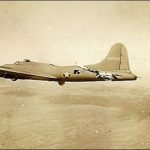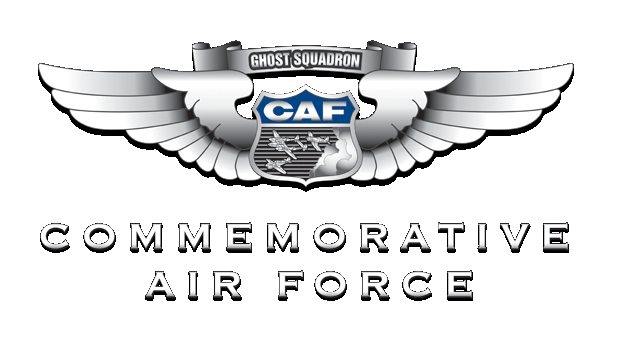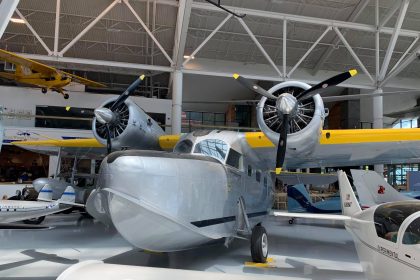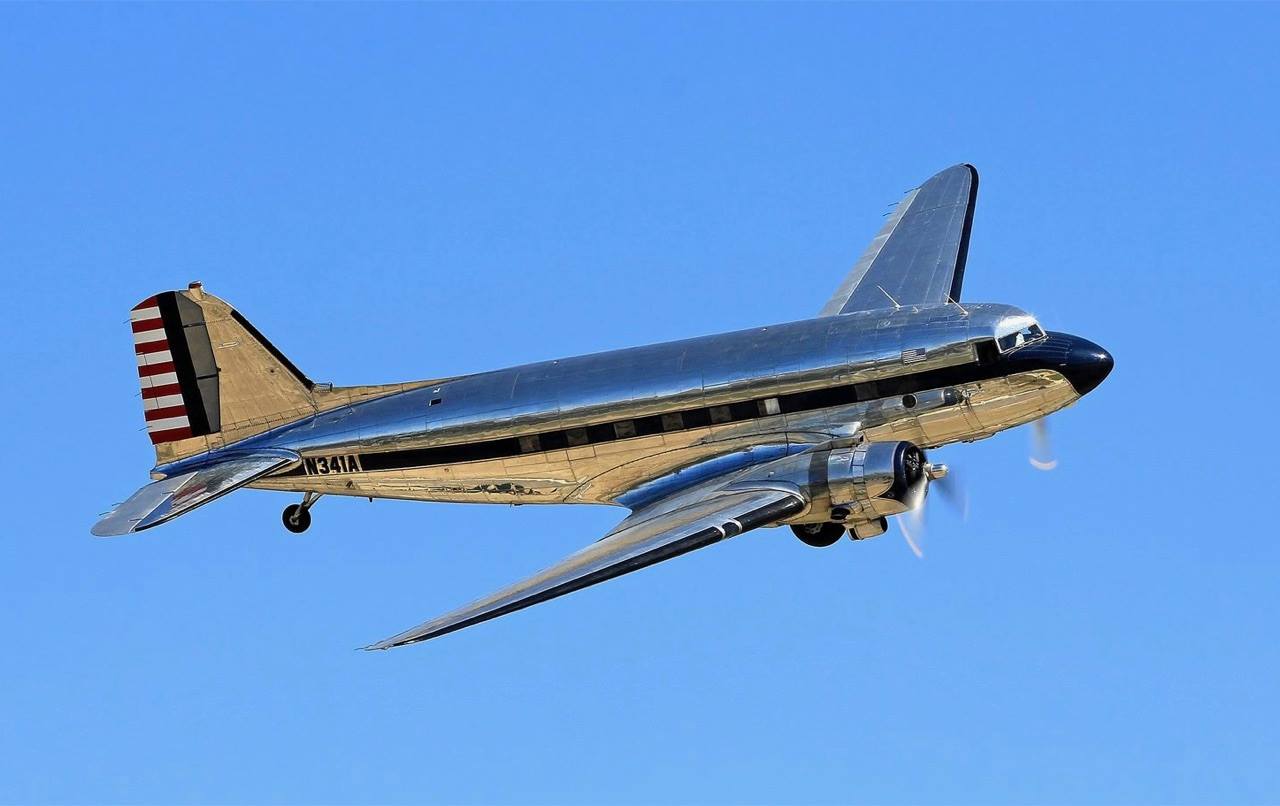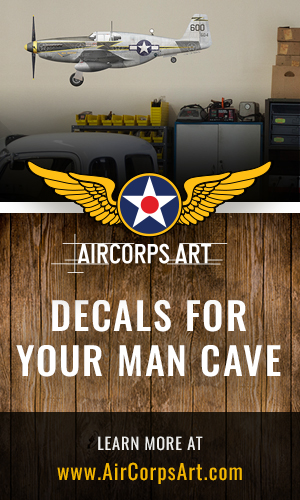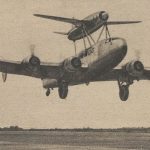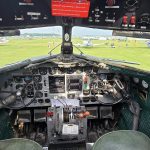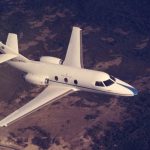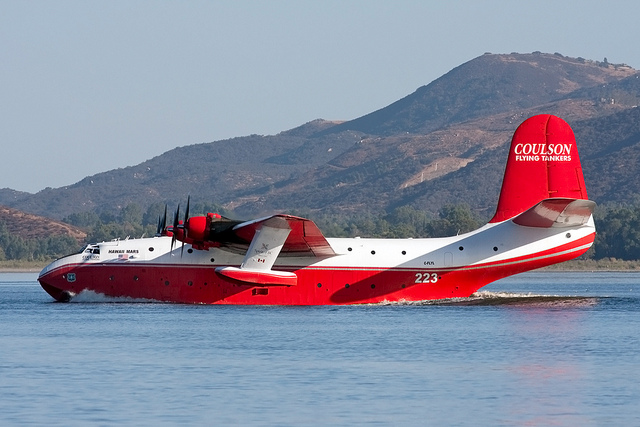“Vintage Aviation News staff did not write this article; the content comes via our partners who wish to help support our website.”
Dreaming of flying planes or working in aviation? The path to an aviation career in the USA ranges from a few months to several years. Let’s break down the timeline so you can plan your journey to the skies.
Types of Aviation Programs in the USA
Aviation education in America comes in many shapes. You can choose quick certificate programs or full four-year degrees. The fastest route is getting your private pilot’s license, which takes about two months of hard training. But that’s just the beginning for a serious career. Most aviation jobs need more education, certificates, or degrees.To study aviation in USA schools, students pick between flight schools, community colleges with aviation programs, or universities offering aviation degrees. Each takes different time and focuses on different things. Flight schools like ATP or FlightSafety focus on flying skills, while schools like Embry-Riddle or Purdue mix flying with academic classes. Community colleges offer a middle path, usually lasting two years. International students often like these programs since they can transfer to a university later. If you’re stuck on application essays, an affordable essay writing service can help write personal statements that show your love for aviation.
Timeline for Different Aviation Degrees and Certifications
The aviation degree program length changes based on what you’re studying. Here’s a breakdown:
Private Pilot License (PPL): 2-6 months
- Needs at least 40 flight hours
- Most students need 55-60 hours to get good
- Can be done part-time or full-time
Commercial Pilot License (CPL): 6-12 months after PPL
- Needs at least 250 flight hours
- Includes instrument rating and multi-engine training
- Often done while working other jobs to build hours
Associate’s Degree in Aviation: 2 years
- Combines flight training with basic academic courses
- Often includes several flight certificates
- Usually at community colleges
Bachelor’s Degree in Aviation: 4 years
- Full education in aviation theory and practice
- Often includes business, management, or engineering
- May include flight instructor certification
Airline Transport Pilot (ATP): 1,500 flight hours minimum
- Takes 2-5 years to get required hours after initial training
- Required to work for commercial airlines
- Can be reduced to 1,000 hours for military pilots or 1,250 hours for graduates of certain four-year programs
According to the FAA, about 15,000 new student pilot certificates are issued yearly, but only around 40% of those students finish their private pilot license. The dropout rate goes down a lot for advanced certificates, with about 80% of commercial pilot students finishing training. For international students, flight training in the USA has grown popular. The FAA reports a 34% increase in foreign students in flight programs over five years, with students from China, India, and Saudi Arabia making up the largest groups.
Factors That Can Affect Your Aviation Education Timeline
Several things can make your aviation education longer or shorter. Weather is a big one – flight schools in Arizona or Florida can run all year, while those in the Midwest or Northeast face winter problems. Your learning speed matters too. Some students learn quickly and move through training fast, while others need more time for certain skills. It’s okay to take extra lessons to ensure safety. Many students use a professional essay writing service to handle schoolwork during intense flight training times. Money plays a huge role in timing. Students who can afford full-time training will finish much faster than those working jobs to pay for flying lessons. Part-time students often take twice as long to finish the same training.
Flight school training duration varies based on the school’s setup and resources. Schools with more planes and instructors can often offer more frequent lessons. For example, ATP Flight School offers a fast program taking students from zero experience to commercial pilot in just 7 months of intensive training, but this requires full-time study and costs about $87,000. More traditional flight schools might spread this same training over 12-24 months. Universities blend flight training into a four-year plan, so you’ll be taking regular courses alongside your flight lessons. Pilot license requirements USA schools must follow come from the FAA, but schools can structure their training programs differently. The 2013 rule change increased the minimum flight hours needed for airline pilots from 250 to 1,500 hours, making the career path much longer for future airline pilots.
Cost Considerations and Time Investment
Aviation education costs a lot – no way around it. A private pilot license alone runs $8,000-$15,000. Commercial pilot training adds $25,000-$50,000 more. A full bachelor’s degree in aviation? You’re looking at $100,000-$200,000 at many schools. This reality means many students stretch their training timeline to manage costs. Some work as flight instructors after getting their basic certificates to build hours while getting paid. Others use essay service promo codes for their academic courses to save money where possible.
The link between time and money in aviation training is direct: faster usually means more expensive. Quick programs cost more upfront but get you working sooner. Slower paths spread costs out but delay your start in professional jobs. Financial aid does exist. The Aviation education timeline USA students follow can be helped by scholarships from Women in Aviation International, the AOPA, and specific airlines. Military paths also offer free flight training if you commit to service.
Career Paths After Completion
After finishing your aviation education, your career timeline still varies based on your chosen path. For commercial pilots, the first job is often teaching as a certified flight instructor (CFI), building hours while training others. This typically lasts 1-3 years until reaching the 1,500-hour mark for an Airline Transport Pilot certificate. Entry-level airline jobs usually start at regional carriers like SkyWest, Republic Airways, or Endeavor Air. First officers at these airlines typically spend 2-5 years before either becoming captain or moving to major airlines. According to job stats, airline pilots, copilots, and flight engineers earned about $202,180 in 2022, making the long education worth it for many. Non-pilot aviation careers often have more direct paths. Aviation management, air traffic control, maintenance, and engineering graduates can typically start their careers right after graduation, though moving up still takes time.
The Hidden Benefits of Aviation’s Long Timeline
Few talk about this part of aviation education: the long timeline actually builds valuable qualities. Patience, persistence, and attention to detail become part of you through training. These traits help aviation professionals throughout their careers. Captain Sully Sullenberger, famous for the Hudson River landing, often talks about how his years of training prepared him for those critical moments when both engines failed. “For 42 years, I’ve been making small deposits in this bank of experience and training. And on January 15, the balance was enough so I could make a very large withdrawal,” he said. The aviation industry values this experience hugely. While the timeline might seem long, each step builds skills and confidence that can’t be rushed.
Planning Your Personal Aviation Journey
So how should future aviation students plan? Start by clarifying your end goal. Want to fly for a major airline? Plan on 6-8 years from zero to cockpit. Looking to manage airport operations? A four-year degree might be enough. Consider your money and time honestly. Full-time students with funding progress fastest. Part-time students balancing jobs will take longer but still reach their goals eventually. Location matters too. Training in California costs more but offers year-round flying weather. Training in Wisconsin may be cheaper but winter weather will extend your timeline. Whatever path you choose, the aviation industry keeps growing. Boeing’s 2022 outlook predicts a need for 602,000 new pilots worldwide over the next 20 years, with North America needing 128,000 of those pilots. The journey may be long, but for those who love aviation, the destination is worth every minute spent getting there.





